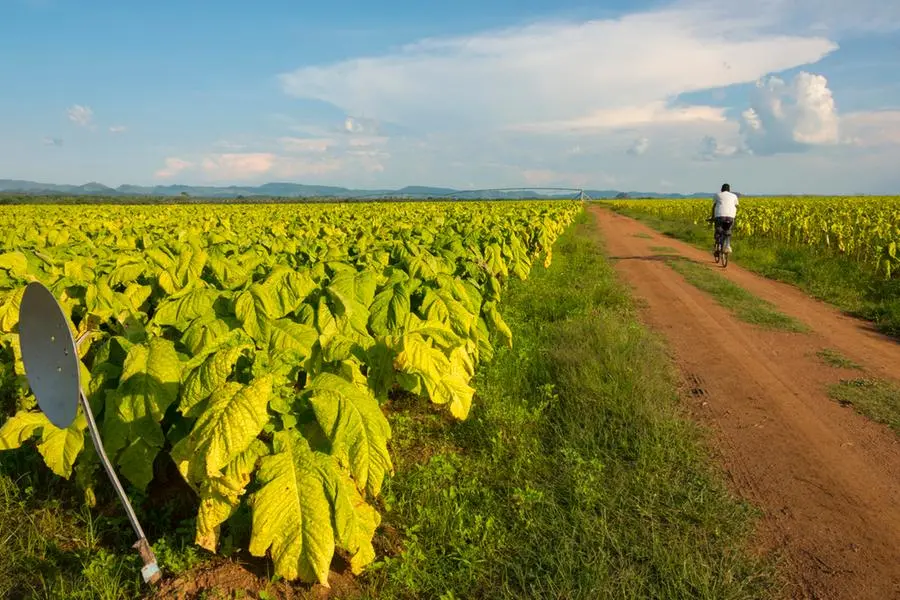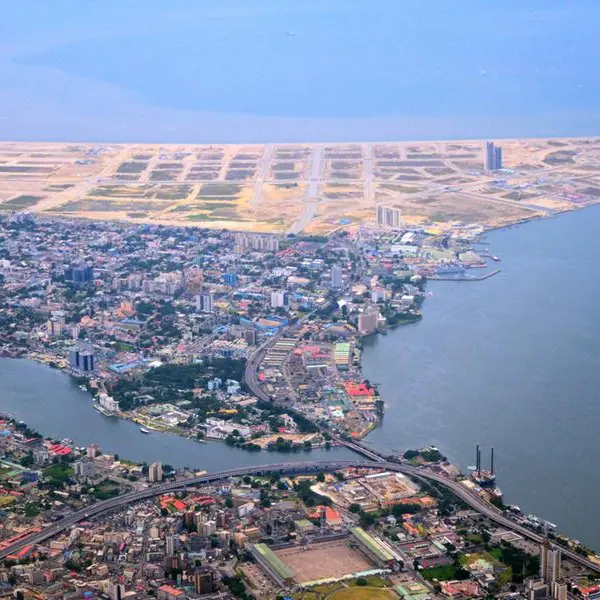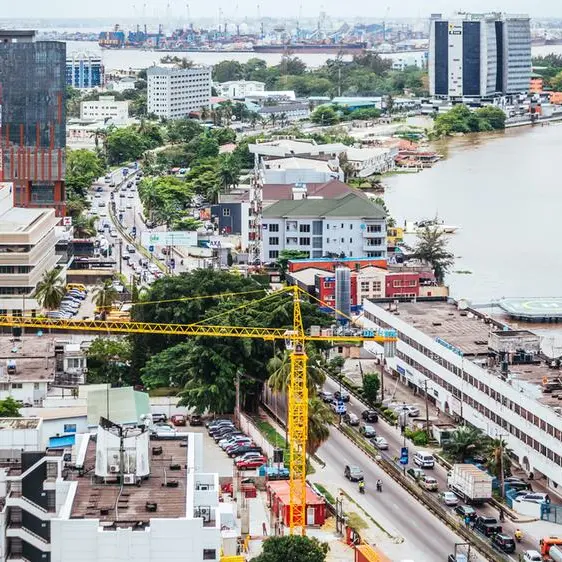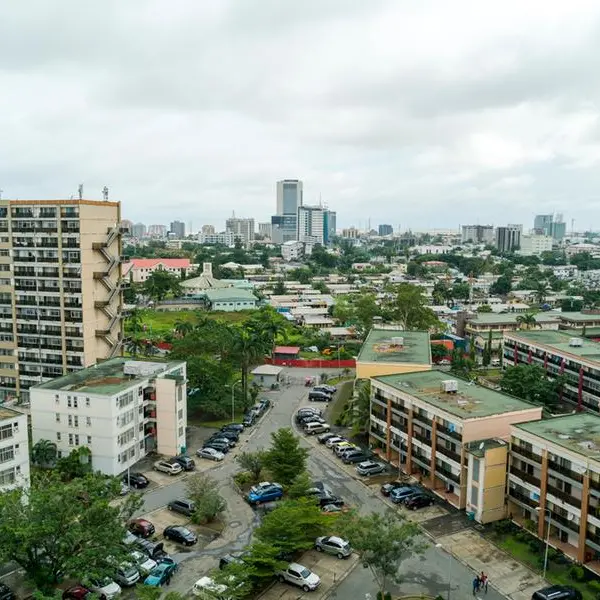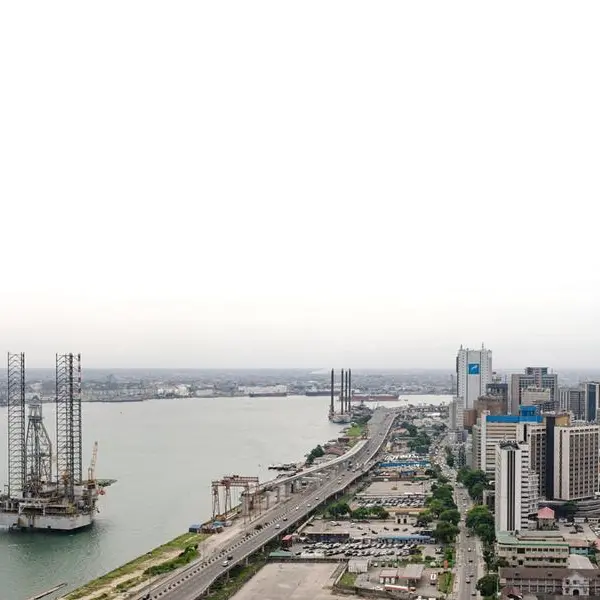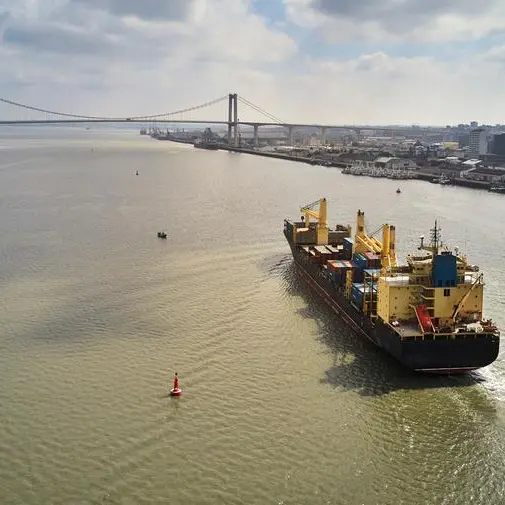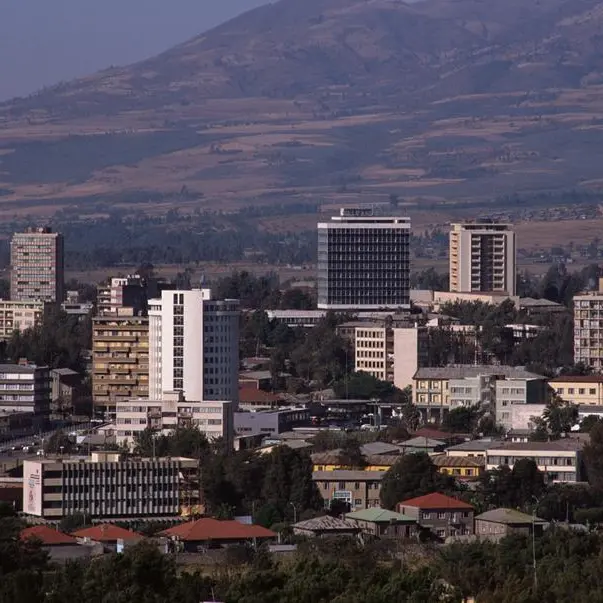PHOTO
The previous blogs in this series have discussed the rise of small-scale mechanisation as a response to agricultural production, processing and transport challenges in Zimbabwe. The demand for new machines – of all shapes and sizes – arises due to the changes in Zimbabwe’s agricultural landscape as well as the on-going economic crisis. Mechanisation appropriate to these contexts is essential, and Zimbabwe’s farmers, together with service providers, innovators, engineers and manufacturers, are responding with a innovation and entrepreneurial skill typical of Zimbabwe’s rural areas.
New contexts driving mechanisation
As any reader of this blog knows, land reform since 2000 has created a new agrarian structure with small and medium scale farms in the land reform areas now an important part of the production mix. These farms have larger areas than the smaller plots in the communal areas and so produce more, have higher demands for labour, increasing the incentives for mechanisation when labour is short. These farms produce surpluses and are therefore more commercialised and so require access to markets for their produce, again driving demand for machines to assist with agricultural processing and transport.
The economic crisis, now persisting over 20 years or more, has thrown up a whole set of challenges for agricultural production and marketing in Zimbabwe, again discussed extensively on this blog before. The consequence has been that the new production has from the land reform areas is channelled to more localised value chains, with connections to small towns being crucial in a new local economic dynamic in Zimbabwe’s rural areas. This remains poorly understood and not accommodated in policy thinking or aid agency responses (who still focus on the communal areas), but, as we have been arguing for years, this phenomenon is important to understand if we are to figure out ways forward for rural development in Zimbabwe.
This then is the context for small-scale, appropriately designed mechanisation across a whole array of functions related to agricultural production and marketing, examples of which we have discussed in the previous blogs in this series
From big machines to appropriate mechanisation
In the past, the support for mechanisation was focused on big, high-tech and expensive machines – the classic tractors, combines or centre pivot irrigation systems. These were central to the success of white-owned large-scale commercial farming in the country, and they remain important in large estates and commercial farms. But the scale of farming in most of the country means that such equipment is mostly not appropriate. Unfortunately, the standard policy approach has not adjusted to the new conditions, and in agricultural fairs and bilateral exchange programmes we see such equipment being touted as the solution to agricultural challenges.
A focus on high-tech solutions extends to the current interpretations of ‘precision agriculture’, a theme highlighted in the big FAO mechanisation conference mentioned in the first blog in this series. Satellite tracking, artificial intelligence, computer directed applications and so on is fine for highly capitalised enterprises with huge turnover and large profits, but are irrelevant for most farmers in Zimbabwe. Instead ‘precision’ is achieved in different ways – relocating a pump and moving a flexible pipe to a particular spot; tilling the land in a way appropriate to the soil, slope and crop; transporting a threshing machine to a particular farm to allow rapid sale of the product.
Innovation and service hubs
New forms of small-scale mechanisation, whether for production, processing or transport must be designed, manufactured, serviced and repaired. This has resulted in a whole network of what might be called innovation and service hubs across the countryside and in small towns especially near resettlement areas. Such hubs are not very fancy – more like workshops, welding sites, engineering businesses, agrodealer shops or garages. They don’t just work on agricultural machinery, but use design and engineering skills on a huge range of equipment – from cooking pots to building materials to passenger cars. But they are essential in the innovation ecosystem that is supporting the growth of small-scale agricultural machinery adoption.
Therefore, in the absence of formal mechanisation programmes that support appropriately scaled technologies, there is a new informal, local innovation ecosystem, linked to a network of servicing, repair and post-sales support, that has emerged. This is private, entrepreneurial and based in those haphazard workshops you see in every small town, and increasingly in the rural areas, with piles of old metal, broken down cars and tools of all sorts. Not the slick image of industrial manufacturing, but nevertheless essential. Because such places are locally-run and located in places not far from the growing demand, the way they work is participatory and interactive. A customer comes with a problem, discusses with the owner and a new design emerges in discussion with welders, electricians and others. The processes are simple – some additional welding, some make-shift adaptations of existing designs – but they are effective, and meet demand. Some new designs take off and become part of the portfolio of products being offered, as we have seen in previous blogs.
Except for the most simple carts, barrows, cultivators and ploughs, machines are rarely made from scratch. Such hubs must rely on the manufacture of core elements – notably engines – elsewhere. But these days the sourcing of appropriate products suited to small and medium scale agriculture is much easier. With the growth of Chinese and (to some extent) Indian origin machinery, notably pump engines, but also an array of other equipment including motorbikes, two-wheeled tractors and so on, cheap, scale-appropriate machinery is now available that can be incorporated into locally-made machines, which can be adapted, repaired, service and supported in ways that other suppliers are unable to do. This type of hybrid design and the bricolage approach to engineering we see in the workshops across our study areas is of course looked down on by ‘proper’ designers and engineers, but these are the people and places that are driving the small-scale agricultural mechanisation revolution in Zimbabwe.
An ignored revolution in small-scale agricultural mechanisation in need of support
This is a revolution that is happening elsewhere in the world, as discussed in the first blog in this series, but it remains under-appreciated, poorly understood and frequently ignored in Zimbabwe. So obsessed are policymakers with the shiny, high-tech types of machinery offered in aid programmes that they see the current system as ‘backward’ compared to an apparently ‘modern’ alternative. Our short blog series, however, suggests that this stance is a grave mistake, and the informal, apparently basic, but always appropriate, design, innovation, manufacturing and servicing system that is evolving across Zimbabwe’s rural areas is where future development efforts need to start.
*****
In this second section of the blog, we will turn to looking at some case studies, this time from Chiredzi/Chikombedzi. Thanks are due to Jacob Mahenehene for the interviews and photos, some of which have appeared above.
My name is Mr Munengami and my company is ABSAN agricultural engineering in Chiredzi. I trained as an agricultural engineer in Zambia before Independence, and then became a lecturer at Chibero before working in Agritex, DDF and then a private engineering company until retirement. With all this experience, I decided to start my own company. I initially traded in spare parts for grinding mills, but then expanded into manufacturing, especially of post-harvest machinery. I do mills, shellers, threshers and so on. I have five employees and sometimes some student interns. I copied then adapted the designs. And the designs continue to change, they are modified by customers’ suggestions. For example, my threshers now have sieves that can be used for multiple crops. Each machine costs between USD650 and 1000, and the customer must buy the engine separately. I offer an after-sales service in case things go wrong.
My name is Ngonidzashe Maziofa and I operate in an open space in Chiredzi. It’s by a busy road between town and the bus terminus. I sell a large range of hardware and equipment, from cooking pots to various forms of agricultural equipment. I sell a lot of mouldboard plough parts, which are sourced from a small company called Magaba that manufactures them in Mbare in Harare. I also get axes, picks, shovels and so on from them, but also from Mozambique and from Nkayi. These products are much better quality – and cheaper – than those you buy from the big companies that are stocked in the agrodealers. I work with a transporter who I hire and sometimes my kids help out on the weekend when not in school. My ambition is to buy a truck so I can transport my good.
My name is Hombe and I own a welding shop at Chikomedzi township. I actually have few customers at the Township Centre as compared to mobile welding trips around different places in the area, especially the land reform areas One of these places is Guwulini where farmers grow ground nuts. I go there to repair peanut butter processing machines, as well as modifying them.
I am Wonder Mazhata based at Chikombedzi. I graduated at Mutare polytech where I hold a certificate in steel engineering. After my graduation I went to South Africa and got employment at Steven Welding Engineering where I gained more experience. ln South Africa, I managed to accumulate R20 000 to buy several pieces of equipment as I planned to start my own welding business at home. I then quit employment in South Africa and negotiated a deal to rent one of his apartments, but the problem was the high rent and lack of power, endless power cuts. Some customers bring their things for welding and leave them and I do my work using electricity to avoid extra charges of diesel engines. I now have built my own welding shop – Zhatman, after my name! I specialise in making fixed solar frames because most farmers prefer solar pumping systems in their irrigation, as well as manufacturing peanut butter machines and other items as requested by customers. I also make, repair, adapt and service any equipment that requiring welding that my customers bring. It is a good business these days.
I am Nyasha Ndhawi and I have a tyre servicing place in Chikombedzi. The place is not yet connected to electricity, but I have a generator modified to generate pressure for pumping tyres. During electricity outages when the other pumping places are not working, all vehicles make queues needing my services. Transporters always needs proper services at all times, and sometimes I have to work at night to satisfy the demand especially during holiday periods!
This is the fifth and last blog in this short series. Thanks are due to the team in Chikombedzi, Triangle, Masvingo, Gutu, Mvurwi and Matobo and to Felix Murimbarimba for coordinating the work and compiling the huge amount of information and many photos taken by the team, just a few of which are included here.
This blog was written by Ian Scoones and first appeared on Zimbabweland
© Copyright The Zimbabwean. All rights reserved. Provided by SyndiGate Media Inc. (Syndigate.info).
